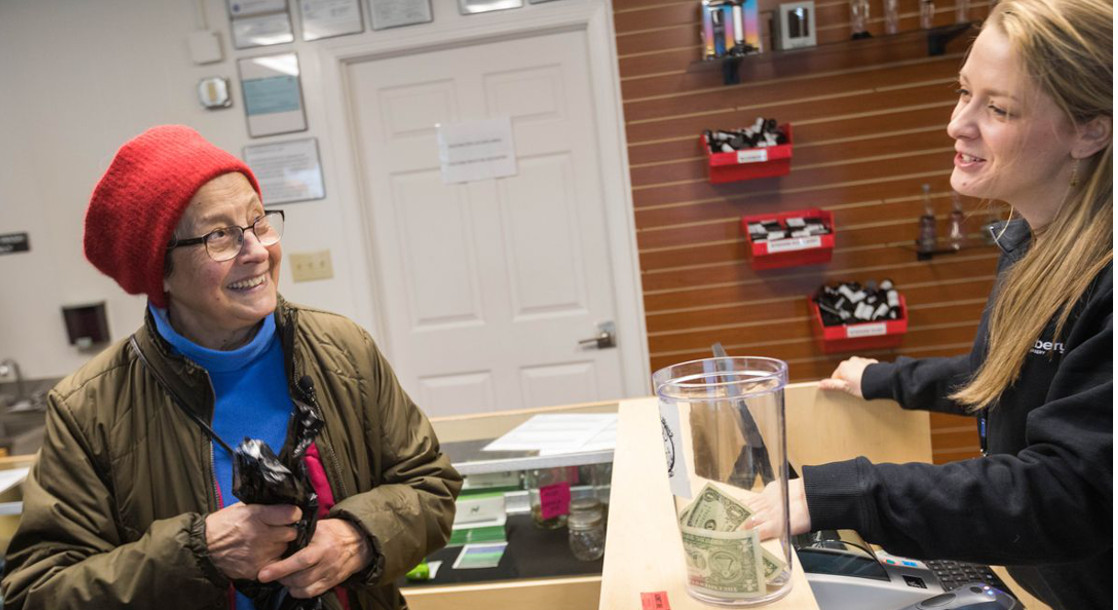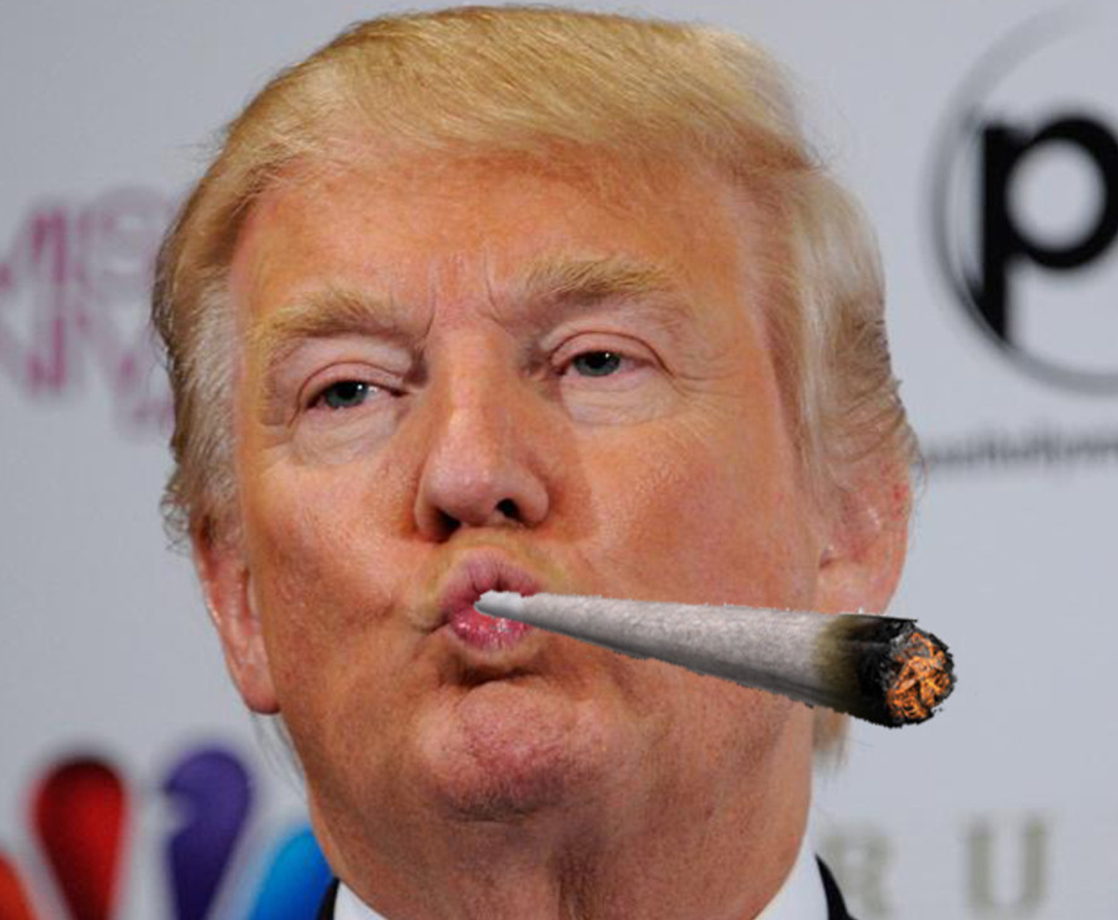The rollout of legal recreational marijuana in Alaska is running into problems, as extremely high prices are driving some smokers to turn to the black market to buy weed. The going price is currently $4,200 to $5,800 a pound for wholesale “top-shelf” pot, according to Leslea Nunley of Tanana Herb Co. After retailer markups and taxes, the price for consumers can range from $9,000 to $11,300 a pound.
By contrast, the average market rate for a pound of weed in Colorado last year was $1,471. On the Alaskan black market, a pound of weed can cost $2,000 to $3,600. An eighth of an ounce in an Alaskan marijuana outlet can cost $60 to $88, but is generally only about $40 on the black market. Lily Bosshart, co-owner of Dankorage, said that the black market is “absolutely thriving, because we are missing an entire segment of the market with our prices.”
As of late April, the state Alcohol and Marijuana Control Office has approved 45 growers. Not all of these growers have started producing yet, and some that have started have are yet to produce their first crop. This has created a situation where there is much more demand than supply, and the market's prices reflect that. Leif Abel of Greatland Ganja said that he has 20 retailers lined up to buy pot from him at $5,000 a pound. "Unfortunately for them they have little bargaining power,” he said. “We've simply had no reason to drop the price."
Many Alaskan marijuana cultivators also blame state taxes and regulations for the high price of their product. Each cultivator must pay for lab testing for every 5-pound batch of weed, child-resistant packaging, insurance, and general business fees and taxes. And unlike other canna-legal states that tax a percentage of total sales, Alaska has a flat-rate tax of $50 an ounce or $800 a pound. Because of this, a retailer that lowers their prices will make less of a profit.
Some retailers are hopeful that prices will dip by this summer as more marijuana is grown, but others don't expect to see prices drop until next year. Leif Abel said that he expects that his business will be able to lower prices in the next few years by streamlining production. "This industry is not going to be looked on as real and grown up … until we produce more revenue," he said. "That's what I want to be part of."











